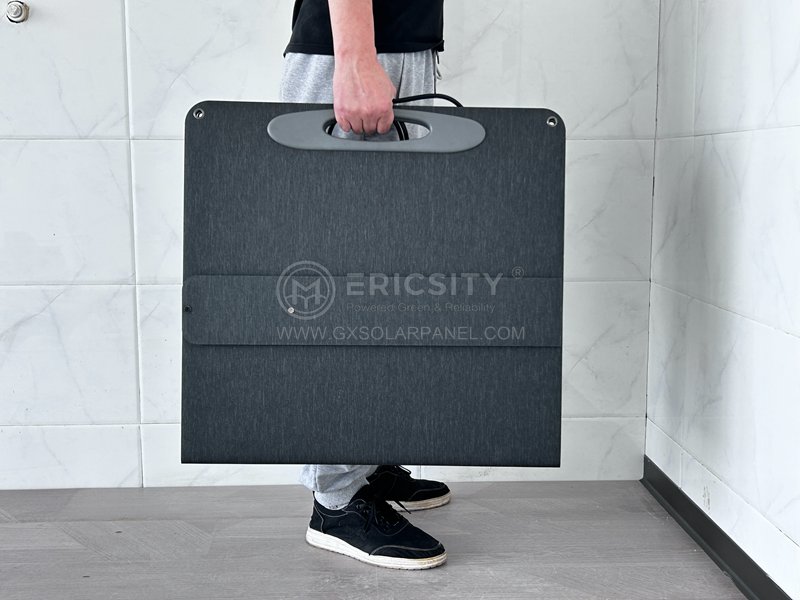HOT PRODUCT
Product Details
Off-grid Rv Living Made Easy: Installing A Flexible Solar Panel Kit
Off-grid RV Living Made Easy: Installing a Flexible Solar Panel Kit
Off-grid RV living has been gaining popularity among adventure enthusiasts, nature lovers, and those who seek a simpler and more sustainable lifestyle. One essential component for successful off-grid living is a reliable and efficient solar power system. In this article, we will guide you through the process of installing a flexible solar panel kit, enabling you to enjoy the freedom and independence that off-grid living offers.
Before diving into the installation process, let’s understand why flexible solar panels are an ideal choice for RV owners. These panels are made with a thin and flexible material, usually polymers, which makes them lightweight and easy to install. Unlike traditional rigid solar panels, flexible solar panels can be bent and curved to fit the shape of your RV’s roof seamlessly.
To start with the installation, gather all the necessary tools and materials. You will need:
1. Flexible solar panel kit: Ensure the kit includes solar panels, mounting brackets, and a charge controller.
2. Sealant: Choose a high-quality sealant that is compatible with your RV’s roofing material.
3. Screwdriver, drill, and appropriate drill bits.
4. Cable gland: This will help protect the wiring where it enters the RV.
5. Wrenches and sockets.

Now that you have everything you need, follow these steps to install your flexible solar panel kit:
1. Assess your RV’s roof: Before installing the panels, inspect your RV’s roof for any damage or weak spots. Ensure that the roof is clean, dry, and free from any debris.
2. Plan the layout: Determine the ideal position for your panels to maximize sunlight exposure. Consider any obstructions like vents or air conditioning units. Keep in mind that the panels should be installed in a way that allows air to circulate underneath, preventing heat buildup.
3. Mark the mounting locations: Once you’ve decided on the layout, mark the locations where you will mount the panels. Use a pencil to make accurate markings.
4. Mount the brackets: Drill pilot holes for the mounting brackets and attach them securely to the roof using the appropriate screws. Ensure that the brackets are level and properly aligned.
5. Install the solar panels: Carefully place the flexible solar panels onto the brackets, following the manufacturer’s instructions. Make sure the panels are secured tightly but avoid over-tightening, as this may damage the panels.
6. Connect the panels: Use the provided cables to connect the solar panels to the charge controller. The charge controller regulates the flow of electricity and protects your RV’s battery from overcharging.
7. Secure the cables: Route and secure the cables along the roof or underneath the panels using cable clips. Use a cable gland to protect the wiring where it enters the RV.
8. Seal the edges: Apply a generous amount of sealant around the edges of the panels, brackets, and cable gland. This will help create a watertight seal, preventing any potential leaks.
9. Test the system: Once the installation is complete, test the system by exposing the panels to sunlight. Ensure that the charge controller indicates the panels are generating electricity and that power is being stored in your RV’s battery.

By following these steps and taking necessary safety precautions, installing a flexible solar panel kit for your RV can be a relatively straightforward process. Not only will it provide you with a sustainable power source for off-grid living, but it will also contribute to reducing your carbon footprint while exploring the great outdoors.
Remember, it’s always a good idea to consult the manufacturer’s instructions and seek professional advice if needed. Enjoy the freedom and eco-friendly benefits of off-grid RV living with your newly installed flexible solar panel kit!




